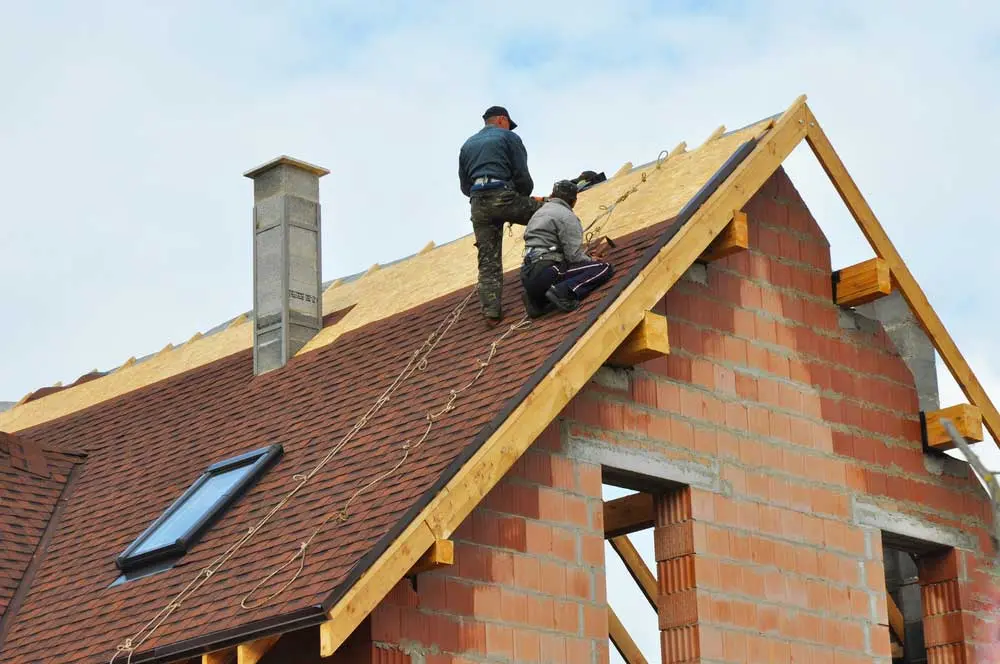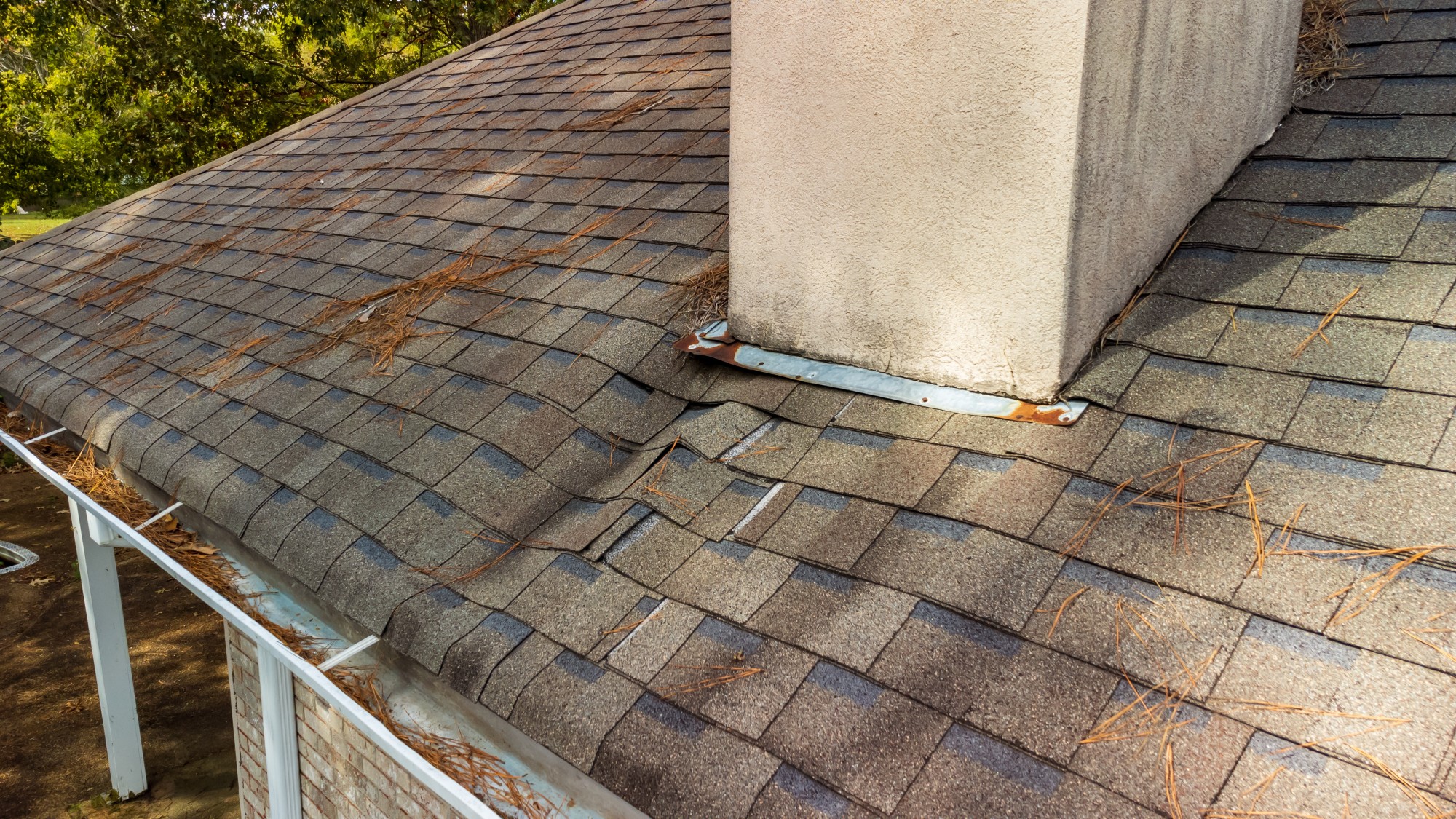Relied On Roofing Company: Specialist Roofing Providers for Your Requirements
Relied On Roofing Company: Specialist Roofing Providers for Your Requirements
Blog Article
Examining the Best Roofing Materials for Substitute: A Comprehensive Analysis of Resilience, Cost, and Aesthetic Charm
Choosing the best roof covering material for substitute entails a mindful evaluation of several vital variables, including toughness, expense, and visual appeal. Each option offers special advantages and drawbacks; for instance, asphalt roof shingles are affordable yet shorter-lived, while steel roofing systems guarantee longevity at a higher investment. Moreover, the aesthetic effect of materials like clay ceramic tiles can not be ignored, despite their costs rate point. Understanding just how these aspects interact can considerably affect the decision-making process. As we check out these facets further, the ramifications for your specific circumstance end up being significantly essential.
Summary of Roof Materials
As home owners progressively focus on resilience and energy efficiency, comprehending the various roofing products offered for substitute becomes essential. The choice of roof covering materials directly influences not just the aesthetic charm of a home however likewise its long-lasting efficiency and upkeep costs.
Among the most common roof covering materials are asphalt tiles, metal roof covering, and floor tile. Steel roof covering, which consists of materials such as steel and light weight aluminum, provides remarkable toughness and power efficiency, frequently mirroring warm and minimizing cooling expenses.
Furthermore, newer products such as artificial shingles and green roof are obtaining grip. Artificial choices simulate standard materials while offering boosted sturdiness and lower maintenance needs. Green roofing systems, which integrate greenery, add to energy performance and biodiversity.
Sturdiness Evaluation
When assessing roofing materials for substitute, sturdiness is an essential variable that homeowners must take into consideration. The life-span and durability of roof materials directly affect long-lasting upkeep and substitute expenses. Various materials exhibit varying levels of toughness, making it crucial to comprehend their efficiency under environmental stressors.
Asphalt shingles, while prominent for their cost-effectiveness, generally last 15 to three decades and might require even more regular replacement as a result of degeneration from UV exposure and severe weather condition. On the other hand, metal roof uses remarkable toughness, with a lifespan of 40 to 70 years and resistance to wind, fire, and bugs. Furthermore, clay and concrete floor tiles can sustain severe problems, frequently lasting longer than half a century, although their weight demands a durable structural support system.

Price Comparison
Taking into consideration the financial ramifications of roof covering materials is critical for homeowners planning a replacement. The price of roof materials can differ dramatically based on variables such as material type, installment complexity, and local prices differences.
Asphalt tiles are amongst the most economical alternatives, commonly varying from $90 to $100 per square (100 square feet), making them a popular choice for budget-conscious property owners. On the other hand, steel roof can cost between $250 and $700 per square, depending upon the kind of steel and finish selected. While metal roofs often tend to have a higher in advance expense, their durability and energy performance may result in cost savings with time.
Clay and concrete ceramic tiles are also on the greater end of the range, balancing between $300 and $600 per square. These materials offer longevity and visual appeal but require a substantial initial investment.
Lastly, slate roofing, known for its exceptional resilience and article classic appearance, can vary from $600 to $1,500 per square, making it the most costly choice. Home owners need to weigh the first prices against the anticipated life expectancy and maintenance demands of each product to make an informed choice.
Visual Factors To Consider
Visual considerations play an important role in picking roof materials, as the roofing system significantly affects a home's general appearance and visual charm. Home owners often seek products that enhance their building style and boost the aesthetic appeal of their home. The shade, texture, and profile of roofing products can substantially influence the overall visual.
Materials such as asphalt tiles offer a range of colors and styles, making them a popular choice for domestic projects. On the other hand, metal roof covering gives a sleek, modern look and is available in numerous finishes that can match modern styles. Typical options like clay floor tiles or slate can stimulate a classic sophistication, interesting those who prefer timeless aesthetic appeals.
Home owners must also consider just how the selected roof material communicates with natural light, as this can influence the roof's look throughout the day. Inevitably, selecting visually pleasing roof covering materials needs careful factor to consider of personal preference, building style, and the overall vision for the home.
Last Suggestions
Selecting the appropriate roof material can significantly improve a home's sturdiness and aesthetic appeal. roof replacement. Based upon our evaluation of resilience, expense, and visual variables, we advise three key alternatives for property owners considering a roof covering substitute
First of all, asphalt shingles continue to be the most popular option as a result of their affordability and flexibility. They give an excellent balance of cost-effectiveness and defense, making Discover More them ideal for many household applications. House owners must consider their durability, as they commonly last 15 to 30 years.

Last but not least, for those seeking an upscale visual, slate or floor tile roofing offers unrivaled style and longevity. Although these materials feature a high cost, their life expectancy can surpass 100 years, making them a worthy investment for luxury homes.
Ultimately, the most effective selection will rely on individual spending plan, visual choices, and regional climate factors to consider. House owners should talk to a roof professional to examine their certain requirements.
Conclusion
To conclude, choosing the proper roof product demands a cautious assessment of durability, cost, and visual allure. Asphalt tiles give an affordable remedy with modest longevity, while metal roof masters durability and power efficiency. Clay and concrete floor tiles, although pricier, considerably improve visual charm and hold up against serious weather. Inevitably, the choice must straighten with specific spending plans, layout choices, and neighborhood environment variables, stressing the significance of official source professional assessment for informed options.
Report this page